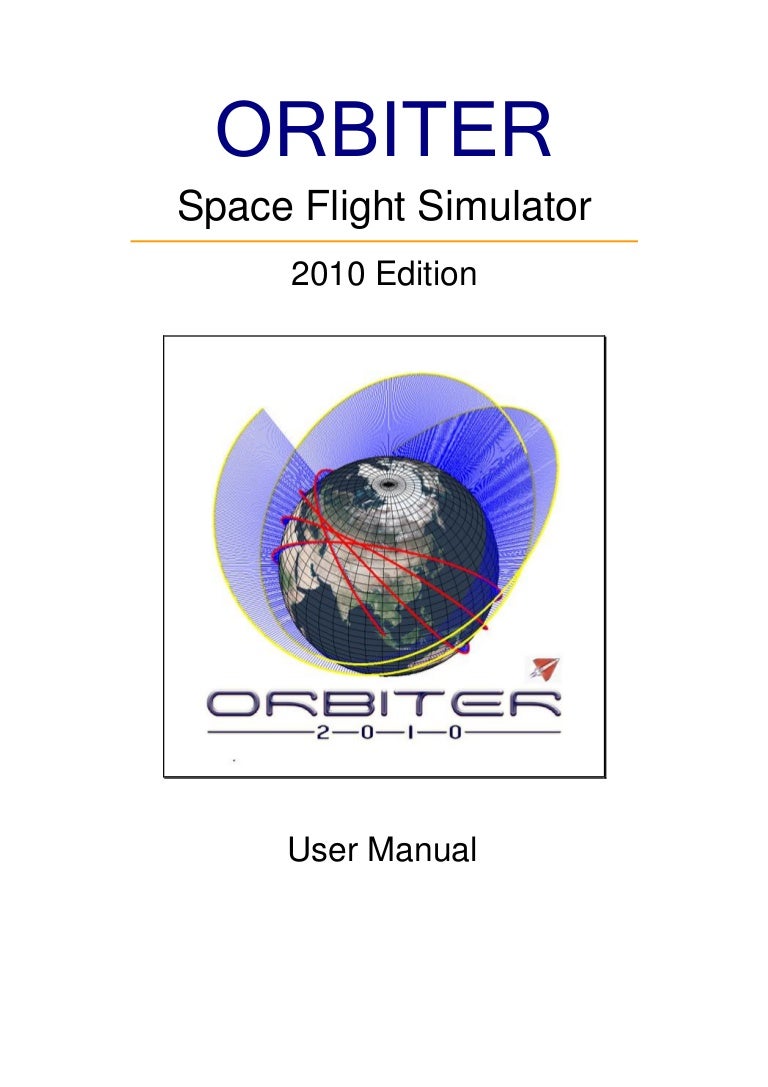

So in that spirit, Professor Cohen is going to continue his introduction to the shuttle systems. It’s very important when we discuss the systems in the course that we don’t just look at the detail design but we also consider the operations. So again, the shuttle was the first time we had really tried to design reusability into a space vehicle and engines and we’ve learned an awful lot. But some of the engineers in the main engine shop pointed out that, for instance, if certain diagnostic test equipment had been built into the engine so that you could have taken data as the engines were shutting down over and above the data that we actually get, possibly we would have been able to reduce considerably the maintenance on those engines. Well, it turns out that one in order to get sufficient confidence that the engines are ready to fly we really do have to take them out after every flight and they’re extensively borescoped and you look inside. One of the things that we have been doing for the last few years is to take a group of undergraduates down to the Kennedy Space Center every January during interim activities period and have them spend a couple of weeks with the engineers and technicians who have to maintain and operate the shuttle system, and they hear lots of stories from these engineers and particularly from the technicians who often would say: ‘Boy, I’d like to have a chance to talk to the person who designed this little system, you know, I have to get my hand all the way around and it takes five hours to turn the bolt.’ Or something more fundamental and we’ll probably discuss this when we talk about the main engines, the fact that originally the main engines were supposed to be reusable without being taken out of the shuttle so that you could cycle them many times. We have had too many examples that I’ve come across where you build something without really thinking of how the system is going to be maintained and taken care of.


It’s very important, right from the beginning of the design, that you think about how you’re going to operate the system. My approach to a lot of these engineering situations is very much from an operator’s point of view, and I’ll try to emphasize that as we go along. I was actually trained as an astrophysicist, but when I went to NASA, I spent so much time working with all the technical systems and interacting with the engineers and the people who used them that I learned how these systems are designed and particularly operated. My background, the way I got into engineering and I probably should have mentioned this at the beginning as sort of truth in advertising, is I was never trained as an engineer unlike Professor Cohen. In these first few lectures this could be looked at as phase A where we Conceive, and then the detailed Design is phase B, that ends with the Critical Design Review after which in principle you’re supposed to be ready to cut hardware, and then you get into the phases CD mapped to Implement where you actually build and test, and then, of course, we operate. Those of you from AeroAstro have certainly been familiar with our approach to systems engineering which we call CDIO: Conceive, Design, Implement, which actually means manufacturing tests, and Operate. I think the level of detail of the system and subsystems that he’s given in the last lecture and today, we could look at as being on the phase A level to show the basic feasibility and the overall structure. In lecture 2 professor Cohen talked about how in a big engineering design project you work through the various stages and the first stage is phase A where you come up with the basic concepts. This lecture is not overly technical and should be a good introduction for everyone to the many sub-systems that had to be developed for the space shuttle. This lecture is actually a compendium of two lectures in the original 2005 course which is why you may notice the professor Cohen is wearing a different jacket and tie in the latter part of the lecture compared to the first part. He gives an overview of these systems which will be followed by much more detailed lectures by the individuals who actually designed and operated the individual systems. In this lecture professor Cohen introduces the second part of this course dealing with space shuttle subsystems. I’ve already introduced Aron Cohen and you heard him in lecture two talk about the early history of the space shuttle program from a manager’s perspective.


 0 kommentar(er)
0 kommentar(er)
